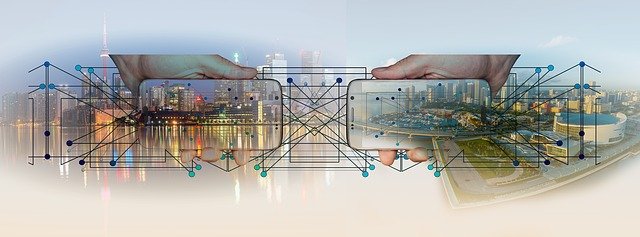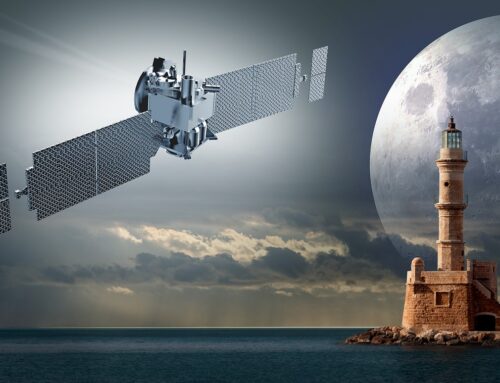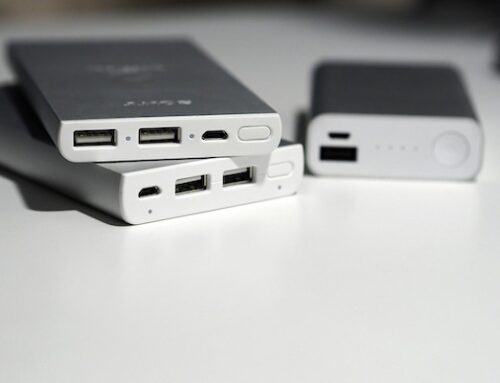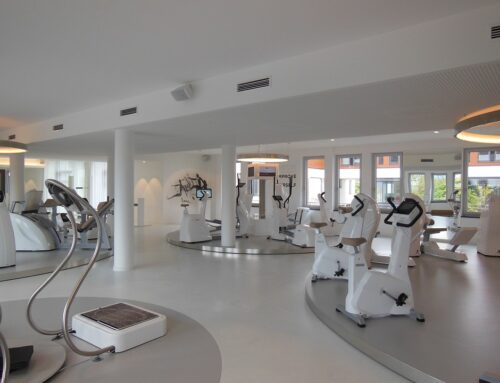What is a Digital Twin? Why is it more than simulation? How will it revolutionize design, development, and operation of products and systems?
While a simulation is defined as “… an approximate imitation of the operation of a process or system that represents its operation over time.” - Wikipedia.
A digital twin is defined as “… the virtual representation of a physical object or system across its life-cycle. It uses real-time data and other sources to enable learning, reasoning, and dynamically recalibrating for improved decision making.” - IBM.
Therefore, while a simulation is indeed a virtual representation, a digital twin goes further by constructing an exact virtual twin that uses real-time data, artificial intelligence, and analytics to improve the physical object or system.
Let’s learn more about digital twins from IBM and Siemens.
First, IBM.
In an Internet of Things (IoT) IBM presentation, Chris O’Connor describes it as a “virtual representation of both the elements and the dynamics of how an Internet of Things device operates and lives throughout its lifecycle.”
This leads to an understanding of the design, build, and operation of a device throughout its lifetime. This understanding provides feedback for recalibration of the device.
You can view the IBM video here.
Next, let’s hear from Siemens.
Digital Twins deliver virtual representations of real-world products, systems, and cities.
As an example, the digital twin of an electric motor showcases form and analyzes functions from shaft rotation, thermal conductivity, data from sensors, and more. As a result, the digital twin continuously evolves due to flow of data, feedback from users, and new input.
In product development, a product’s behavior can be simulated and tested before the building of the physical product.
Coupling digital twins with artificial intelligence makes it possible to design advanced products.
You can view Siemens’ video here.
For an example of the digital twin of an entire port see the Port of Rotterdam Digital Twin.







Leave A Comment